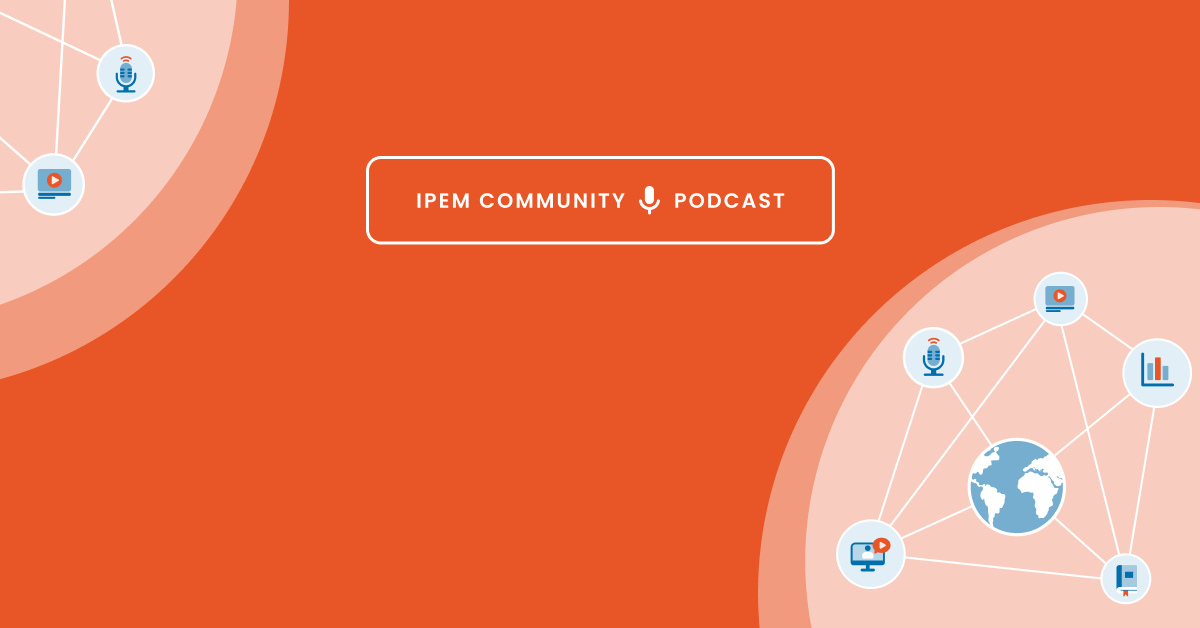Putting Private Equity Alpha in a League of Its Own
Benchmarking the performance of private equity is nothing new. LPs can draw on numerous indices such as the Cambridge Associates LLC US Private Equity Index®, MSCI Private Equity Indexes, the FTSE Private Equity Buyout Index, not to mention Preqin’s Private Equity Quarterly Index. Though useful for providing rough approximations on fund performance, they don’t necessarily reveal the true nature of alpha generation from fund to fund, manager to manager.
The Alpha Imperative
Scientific Infra & Private Assets (SIPA), the commercial arm of the EDHEC Infrastructure & Private Assets Research Institute, has made strides to address this with its private2000 index. By focusing on individual companies owned by different fund sponsors - the principal engines of performance - the aim is to provide a genuine representation of the market. SIPA has also developed a suite of privateMetrics market indices, giving investors more representative benchmarks for evaluating funds as part of their asset allocation programs.
Unlike public equity markets, where investors have long been able to buy the market via myriad indices, this is not realistically possible in private equity, where manager and fund selection remain critical. Institutions with $10 billion to deploy can’t simply back a handful of blue-chip names. They must rely on due diligence and judgment to determine who to back. Properly benchmarked data that reveals the true alpha generators can go a long way to improving this decision-making - particularly when LPs must allocate to new fund managers without the option to re-up with an existing GP.
“These institutions need to find one fund or one manager to invest in almost every year. It requires sufficient diligence and we are helping them on that front,” says Abhishek Gupta, Head of Business at SIPA. “While it could be safe to invest with large GPs, it doesn't necessarily mean that they will be the best performers. A $30 billion buyout fund can only generate so much operational value for their investors because there are only so many opportunities they can exploit in the market.”
Too often, managers present themselves as top-quartile performers. But quartile rankings can be misleading and easily gamed.
“Our approach is an attempt to change that. The private2000 index has been constructed from the underlying portfolio companies like any public market index. We use that to compare the performance of different funds and managers. The last couple of years have been difficult for private equity. Returns haven't been at the same level as they used to be and our benchmark shows that,” says Gupta.
Having the ability to compare funds against the market offers reassurance to investors, who might otherwise take action when viewing a manager’s performance through a narrower lens. Equally, these benchmarks can benefit GPs when communicating with their LP base.
“Most existing index providers look at combining the performance of funds rather than the performance of the underlying portfolio companies within those funds. When you start to compare the performance of funds, there's so much financial engineering involved that you are not really looking at the performance of the overall market, but rather the performance of a few funds that make up the benchmark; after all, its usually the winners who share their data so you end up with selection bias,” explains Gupta.
Alpha League Tables
This has led SIPA to generate the first-ever global alpha league tables in its 2025 Private Markets Alpha Report, released this April. The report ranks the market outperformance of 600 buyout funds across categories including vintage, geography, and manager size, revealing those who have consistently delivered across cycles.
“Who are the top performing managers? How persistent is their alpha? In our report we refer to those who have generated persistent, positive alpha as sharks, and those who have no persistence and negative average alpha as fish,” says Gupta.
A quick look at the top 10 megacap GPs (those with $95 billion+ in AUM) shows that Thoma Bravo, EQT and Brookfield Asset Management come out on top of the persistent alpha charts. However, it is the mid-cap GPs who really shine when it comes to producing alpha, outperforming their larger counterparts by a significant margin.
Persistence is key when analysing performance. Does the GP have a winning playbook they can apply time and again, from fund to fund?
“Only then can you say that the manager is truly skilled at delivering alpha. This is not a new concept. People have been looking at persistence in private equity for a long time. We’ve just found a more systematic way of doing it,” asserts Gupta.
Turning Rankings Into Action
For LPs, the league tables mean smarter allocation choices.
For GPs, they provide a credible way to showcase skill and stand out in a competitive market with Gupta noting that some GPs have already started using the league tables in their marketing materials.
For the private equity industry as a whole, it’s a further step forward toward greater trust and accountability.
“We recently wrote a report on evergreens: ‘The Rise of Private Equity Evergreens: Moving from IRRs to Time-Weighted Returns’. Benchmarking is an important topic and we want to cover the whole market; not just closed-end funds but evergreens as well,” concludes Gupta.
It is not only institutional investors who are set to benefit from getting more transparency on private equity’s persistent alpha performers.
As private equity slowly opens up to the retail market, it's making the asset class more accessible to 401K and DC pension holders. For this cohort of non-professional investors, having data-driven tools at their disposal to look up funds and managers and decide which ones to invest with represents a powerful proposition.

.png)
.png)